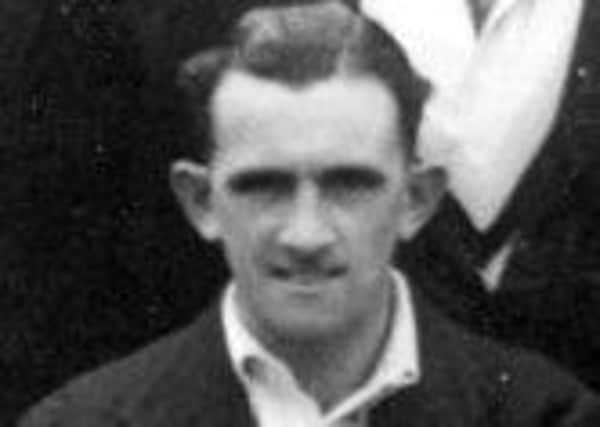Sporting Bygones: When Huddersfield pace duo Coxon and Aspinall ripped through Bradman’s tourists


Perhaps like no other game, cricket’s personalities are full of names that conjure up a weight of history. Bradman. Lillee. Compton... Boycott.
Those who reach the pinnacle of a game in which statistics play such a large part carve their names in stone to be recalled forever.
Advertisement
Hide AdAdvertisement
Hide AdBut what of these names that don’t find their space in the history book of the game?
Is there a place for those who don’t reach the top, or even those who do reach the top but go about their business with quiet efficiency?
Author Robert Owen has found a small space for two such cricketers in Two Huddersfield Cricketers.
Owen’s book carries a handy, explanatory sub-title. To give it its full name, Owen’s delicate yet well-crafted book is called Two Huddersfield Cricketers… and their success in the North East after Headingley.
Advertisement
Hide AdAdvertisement
Hide AdThe book tells the story of the varied careers of Alec Coxon and Ronald Aspinall.
Both men, Coxon, born in 1916, Aspinall in 1918, hailed from the same area. Both men attended Moldgreen Council School and started their careers in the much respected Huddersfield League.
In 1936, Coxon became the youngest professional in Huddersfield League history and both men gained an impressive reputation for their skills.
Their careers were moving along nicely, their reputations building season upon season, before the Second World War broke out and both men joined up to serve in the war.
Advertisement
Hide AdAdvertisement
Hide AdOn their returns, the cricket continued, alongside the progress.
By 1948, both had become Yorkshire’s regular opening bowlers. In the same year, Coxon was selected to play for England in a Test against Australia at Lord’s.
Aspinall’s own dreams of playing for England were curtailed.
Even though both men had very similar paths through life – born within a few miles of each other, within a couple of years of each other, attending the same school, leaving to take on a job in manual work before steadily progressing their careers, the truth is, they could not have been more different characters.
Advertisement
Hide AdAdvertisement
Hide AdCoxon was a fiery man, bad-tempered and, essentially, everything you imagine an opening quick from the 1940s to be. His temperament followed him wherever he want, causing one or two problems for him in his career.
Aspinall, on the other hand, was a far calmer presence – it is no coincidence that he went on, after his playing days, to stand as a first-class umpire for 21 summers.
Both, however, were clearly as impressive bowlers as each other. As Owen writes in the book of Australia’s 1948 tour: “The Australians’ last game before the second Test was against Yorkshire at Sheffield.
“Coxon and Aspinall were included in the White Rose team. Australia batted first. The spectators were on the edge of their seats, willing something sensational from the first ball. They were not disappointed. The second delivery gave them the start they wanted. Aspinall removed Barnes’s middle stump. The crowd erupted. Barnes commented afterwards: ‘I have never heard such a roar. It was a good ball, it swung late and yorked me. I don’t mind unfastening my pads for such a ball, I give Aspinall full marks for it’.”
Advertisement
Hide AdAdvertisement
Hide AdAspinall went on to claim 5-135 in the game, the wickets he took including that of one Bradman.
Down the other end, Coxon was taking 4-66 himself.
Not a bad day for the pair of them.
Three years later, however, Sunderland were looking for a professional and made Coxon an offer he decided not to refuse. Not long afterwards Aspinall too made the move north, to become a professional at Durham City, where he remained until 1956, when he moved to Gateshead Fell.
The records are unclear, Owen explains, as to why either of them left Yorkshire. With Aspinall, it was most likely his injury; with Coxon, you probably wouldn’t want to rule out the effects of his temper.
Around the North East, the pair had a major impact and rejuvenated the local leagues.
Advertisement
Hide AdAdvertisement
Hide AdCoxon died in 2006, four days after a surprise party to celebrate his 90th birthday, in the North East, where he had remained.
Aspinall passed away at Huddersfield Royal Infirmary in 1999.
Not perhaps the brightest of stars in cricket’s firmament, but they are well remembered in Owen’s book.
Published by Write Good Books (£7), it can be ordered direct on 01484 533041.